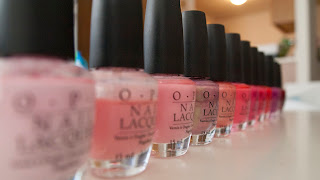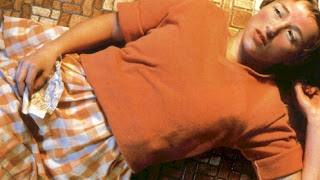#19. Can you think of anything that:
1) should not be photographed? Why?
Everyone's private should be protected so that I think that people's private lives should not be photographed.
2) cannot be photographed? Why?
Those cannot be photographed may because the technology of photographing is not strong enough to do that.
3) you do not want to photograph? Why?
I don't want to shoot anything that I don't want to see. Because I think that my frame is just like my eyes, so those thing I don't like to see will never appear in my camera.
#20 Describe at least one photograph that you could take for each of the following “place” prompts.
- An image of a synthetic “place” such as Disney World, Las Vegas, a Hollywood set, a diorama, etc.
- I think I will place myself at a bungee junping platform or a campo in South Arica with some wild animals. Because those are the places I think is cool but I'm afraid I will never go to.
-
- An image of a fantasy/fictitious environment concocted from your imagination.
- I would like to create a scene with some characters in my favorite animations.
-
- An image of a placeless space such as the Internet, cell phones, e-mail, e-bank, surveillance, etc.
- Maybe I will shoot a person with a cellphone at different times in a day.
- An image of a public space.
- I guess it will be interesting to be a "surveillance camera" at a corner of a public place to take some pictures.
-
- An image of a private space.
- I will do the same as the "public place" one, then put them together to make a contrast.
-
- An in-between space that brings to mind one of the following ideas: nomadic lifestyles, displacement, rootlessness, out-of-placeness, boundaries, movement, expansion, etc.
- I think I will take pictures of same people at the same place but at different periods of time, to see how that person and place change.
#21A. Describe some common aesthetic aspects of “news”-related photographs.
Those always have topics as nature, or famous people. The photographers were always trying their bests to find a best angle to make them looked the best.
B. Describe some common aesthetic aspects of “snapshots”, including family photographs, cell-phone shots, photos posted to facebook,
Most of these pictures are not affected, but some times there are still some of them are aleady set to make a best look.
C. Describe some common aesthetic aspects of advertisement photographs, including fashion photography, product photography, etc
Of course most of the advertisement photos are purposely embellished. They are showing the products in a kind of artifucially way.
D. Describe some common aesthetic aspects of film/movie and television stills.
Many of the stills catches a moment that shows the connection between two scenes. We could guess what just happened or what will happen the next from that picture.
E. Describe some common aesthetic aspects of yearbook photos, senior pictures, and team/club/sports group shots.
This kind of shots are always catching people's happiness and some sense of achievement--in order to give a hopeful feeling.
F. Describe some common aesthetic aspects of stock images. http://www.corbisimages.com/ http://www.gettyimages.com/
Stock images could be anything in our lives. They are always professional and perfectly manipulated.
G. Describe some common aesthetic aspects of fashion photography.
In the fashion photographys, some very tiny details or bright colors are exaggerated. They also like to focus on the facial expressions of the models.
H. Describe some common aesthetic aspects of paparazzi shots or celebrity photographs.
All the details on a person figure are worthing shooting in those pictures. But we know that those pictures are overstated.

















































